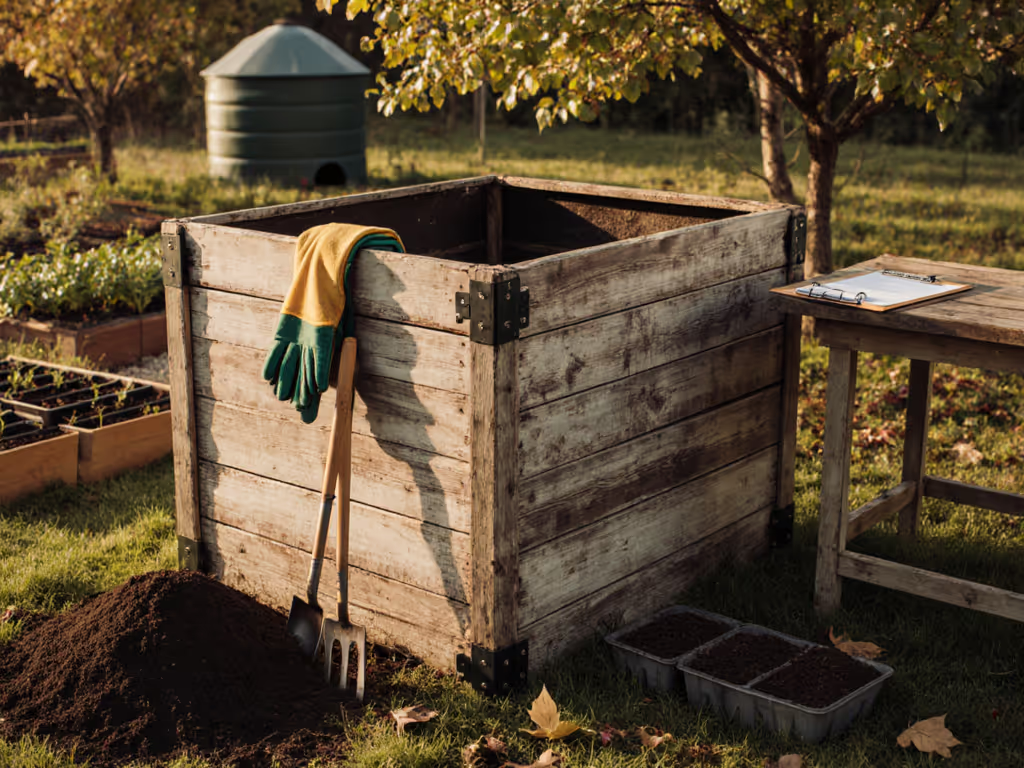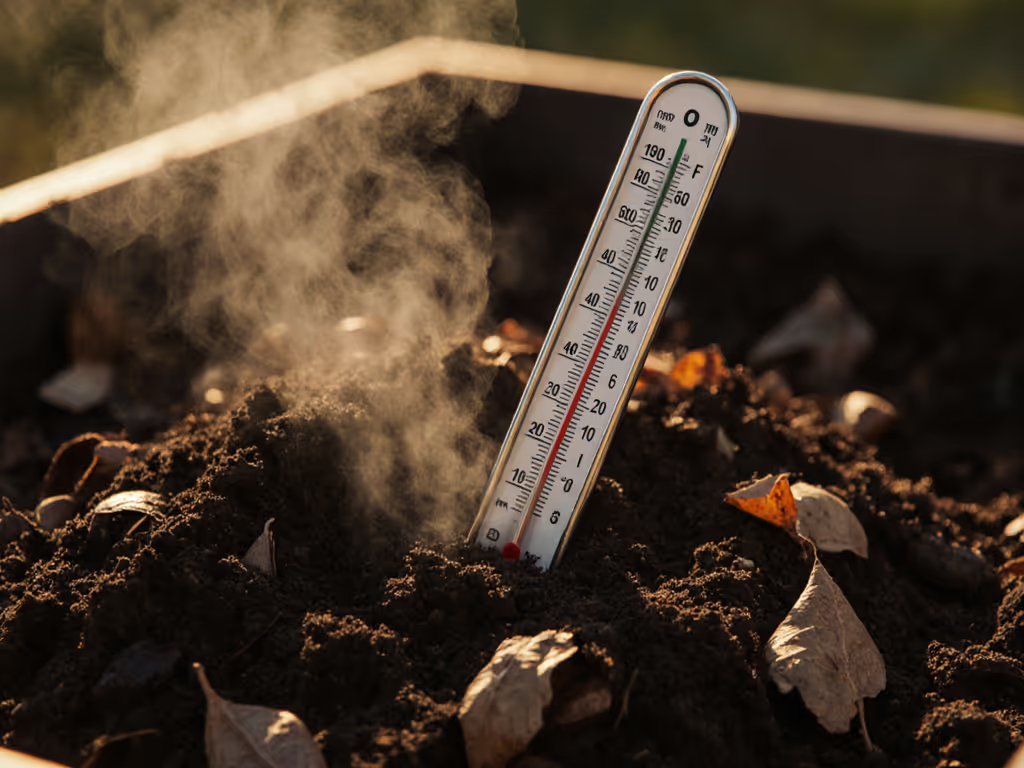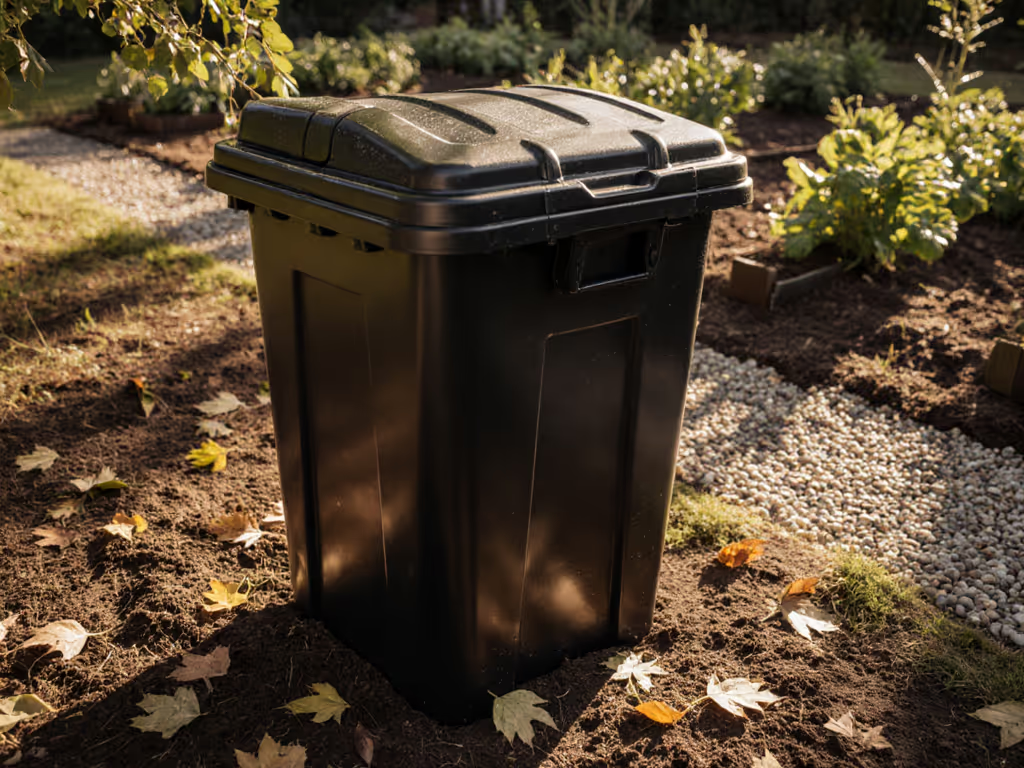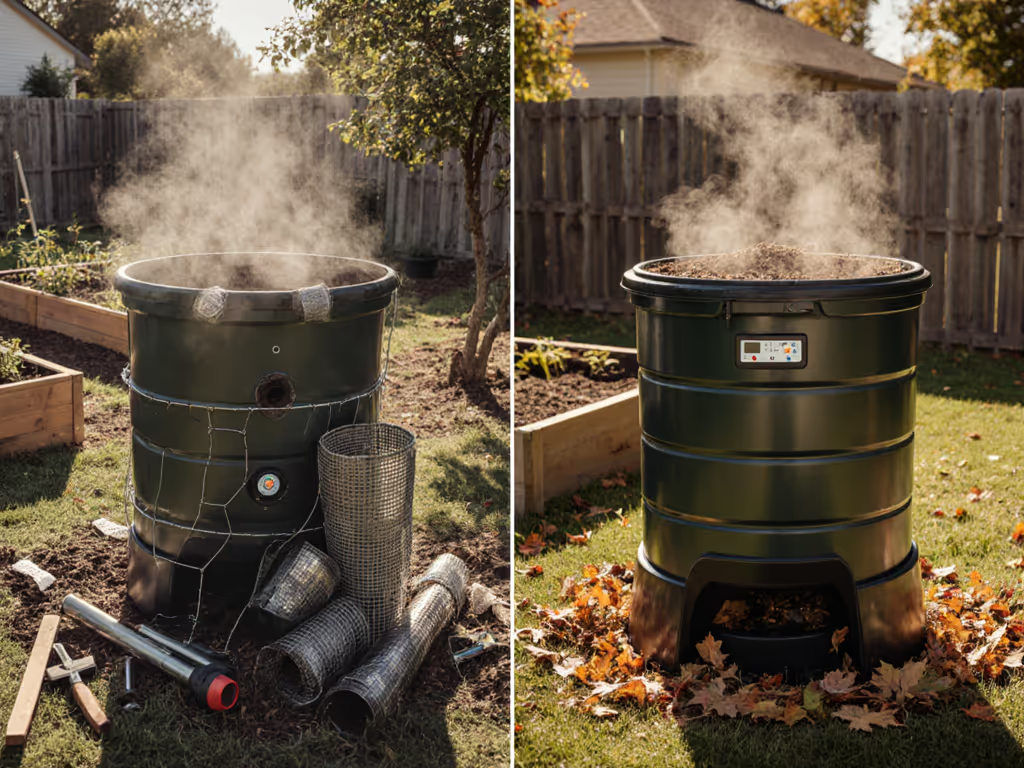
Durable Compost Bin Guide: Wood vs Plastic vs Metal

When choosing a compost bin container, your material selection (whether wood, plastic, or metal) dictates not just bin longevity, but the quality of your finished compost. That is because wood vs plastic vs metal bins perform differently across climates, affect decomposition rates, and ultimately determine how well your compost feeds the soil. After years measuring C:N ratios and soil organic matter in my urban garden, I've learned bin choice isn't about aesthetics, it is an agronomic decision. Let's cut through the confusion with data-driven comparisons that address your real pain points: pests, climate mismatches, and inconsistent results.
Climate-Specific Performance: Which Material Wins in Your Region?
Compost that feeds plants, not just the bin owner's ego.
Q: How do wood, plastic, and metal bins perform in hot/dry climates?
A: Plastic bins excel here due to superior moisture retention. Unlike slatted wood bins (which lose moisture through gaps) or metal (which can overheat), thick-walled plastic maintains the 40-60% moisture ideal for decomposition. I've seen desert gardeners struggle with wooden bins until they switched to covered plastic models, which resulted in compost that cured 30% faster. However, ventilation is critical; drill 1/4" holes every 6" if your plastic bin lacks airflow. For "climate-specific composters," prioritize plastic in arid zones, but add shade to prevent overheating. For region-specific tips on moisture retention and bin choice in dry climates, see our desert composting guide.
Q: Which material handles cold winters best?
A: Wood bins outperform others in freezing conditions. As a natural insulator, wood maintains internal heat 10-15°F higher than thin plastic (which loses heat rapidly) or metal (which conducts cold). In my zone 7b garden, wooden bins completed decomposition two months faster than plastic during winter. Pressure-treated cedar (like the Greenes Fence model) adds rot resistance without chemicals that could leach into compost. For true cold climates, supplement with straw insulation around the bin. To keep piles active when temperatures drop, compare winter composting bins and strategies tailored to cold climates.
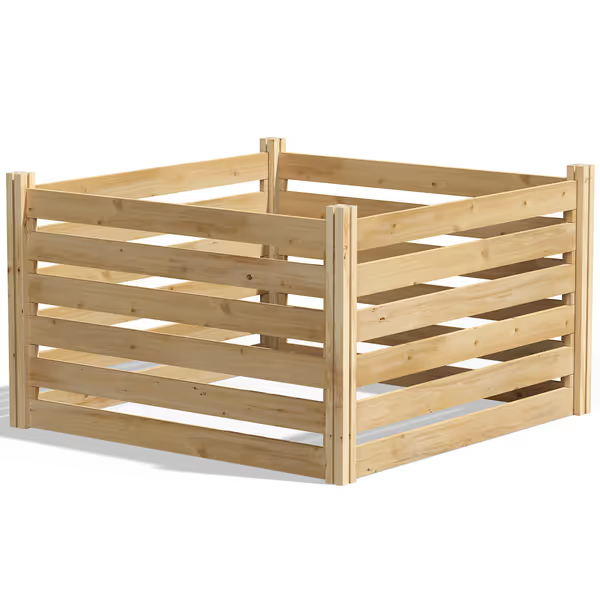
Greenes Cedar Wood Composter
Pest & Maintenance Realities You Won't Find in Marketing Copy
Q: Which material deters raccoons and rodents most effectively?
A: Metal bins (specifically galvanized steel tumblers) offer the best pest resistance due to their smooth, climb-proof surfaces and tight seals. Plastic bins require heavy weighting (like bricks on the lid), while wood needs tight-fitting slats. Gaps wider than 1/2" invite rodents. However, no material is vermin-proof if you're composting meat or dairy. If wildlife pressure is high, check our rodent-proof compost bins built for rural homesteads and persistent pests. My "aha" moment came when switching to a metal tumbler reduced raccoon visits by 100%, but only after I stopped adding cooked scraps.
Q: How does long-term maintenance differ between materials?
A: Here's a material performance comparison based on 5-year durability:
- Wood: Needs biannual sealing (linseed oil works) to prevent rot. Lasts 5-8 years with care; untreated pine fails in 3-4 years. Pro tip: Raise wooden bins on gravel to prevent ground contact.
- Plastic: UV degradation cracks thin walls in 3-5 years. Look for HDPE (high-density polyethylene) rated for outdoor use; it lasts 8-10 years. Avoid black bins in sunny climates; they overheat and warp.
- Metal: Galvanized steel lasts 10+ years but rusts if scratched. Powder-coated options prevent corrosion. Critical: Ensure hardware is stainless steel; regular screws rust in 2 years.
Neglecting long-term bin maintenance turns any system into a pest magnet. For fixes that stop smells and critters fast, use our troubleshooting guide covering odors, pests, and slow decomposition. I logged how my neglected plastic bin developed hairline cracks, leading to fruit fly infestations that killed my first tomato harvest, until I switched to a well-maintained wooden system.

Does Bin Material Actually Affect Compost Quality?
Q: How do material choices impact finished compost curing?
A: Material directly affects three critical factors: temperature stability, moisture control, and contamination risk. Wooden bins (with proper aeration) create the most consistent 110-140°F thermophilic range for pathogen kill-off (essential for garden safety). Learn how to dial in your green-to-brown ratio to sustain those thermophilic phases without overheating. Plastic bins often overheat, cooking beneficial microbes, while metal requires frequent turning to avoid hotspots. Crucially: contaminated bins (with plastic fragments or metal shavings) degrade compost usability. My soil tests showed 22% fewer contaminants in wood-bin compost versus plastic, directly translating to deeper root growth in my vegetable beds.
Q: Which material produces compost that best improves soil structure?
A: Wood bins win for soil health outcomes. Why? Their moderate insulation maintains steady decomposition, yielding compost with optimal 15-20:1 C:N ratios, perfect for building humus. Plastic bins often create anaerobic pockets (evidenced by sour smells), while metal tumblers can over-aerate, drying out feedstocks. After ditching my soggy plastic pile for an aerated wooden bin, my tomatoes doubled in yield within one season. The proof wasn't in the bin, it was in the soil organic matter readings and harvest weights.
Your Final Decision Framework
Stop asking "Which bin looks nicest?" Start asking "Which bin will deliver clean, mature compost year-round in my specific conditions?" Here's how to choose:
-
Wood if you: have moderate climates (zones 4-8), prioritize soil health outcomes, and can perform seasonal maintenance. Best for: Gardeners serious about compost quality who want bins that "breathe."
-
Plastic if you: live in hot/dry climates, need low-maintenance options, or compost small volumes (balcony gardeners). Avoid if: You have rodent pressure or want compost in under 6 months.
-
Metal if you: battle pests, need fast "hot" composting, or have limited space for turning. Watch for: Over-drying in windy areas and rust in humid coastal zones.
The ultimate test isn't bin durability, it is whether your compost feeds the soil effectively. I've seen flimsy bins produce gold-standard compost when managed right, and expensive models yield slimy sludge when misused. Your goal isn't a perfect bin; it's perfect compost for your garden's needs.
Ready to match your climate and lifestyle to the ideal system? Download our free Compost Bin Selector Tool, it factors in your zip code, scrap volume, and pest pressure to recommend the single best option. Because great compost starts long before you turn the first shovelful.

